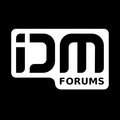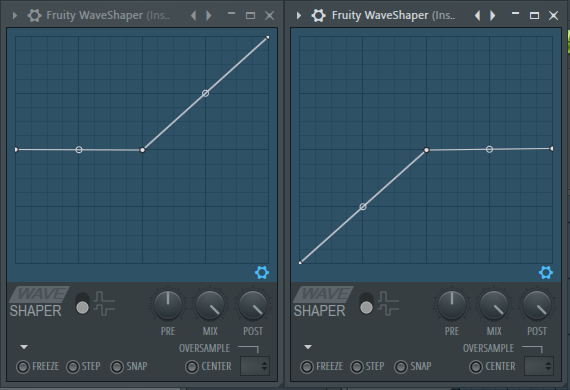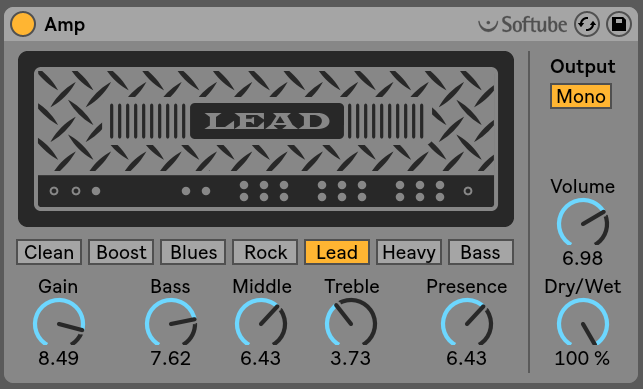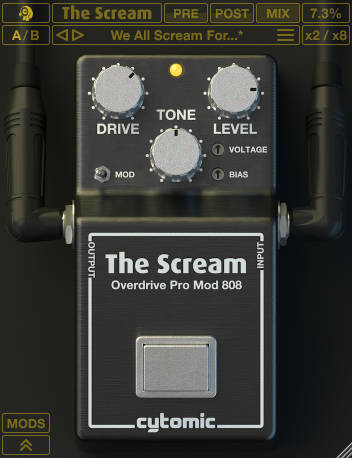Distortion for mastering interesting…
For certain sounds I slam it through a compressor and add distortion In order to get feedback noises…
And for industrial drums ill just eq, compression, eq, envelope, eq, distortion,eq, etc…I just keep repeating the distortion eq compression volume/filter envelope effects chain in no particular order till i get the sound i want…
I’ve only once automated the wave shaper plug basically I switched between two instances of the plug with each having different saturation curves by playing/automating with the mix level…but I’ve never tried applying the switch of distortion with the envelope controller using it to modulate the mix level or doing the switch in conjunction with frequency band splitting…
I use wave shaper because I dont have things like a tube amp, or just regular amps or other types of gear at my disposal
And normally I just use distortion to create gritty baselines and shoegaze type pads and filter it to taste so that its audible and doesnt drown out the other elements in my tracks
Mixing it is tricky for me cause im trying to make things audible against a wall of sound but to overcome this I filter certain frequencies in both the dry and wet signals and combine both together…



